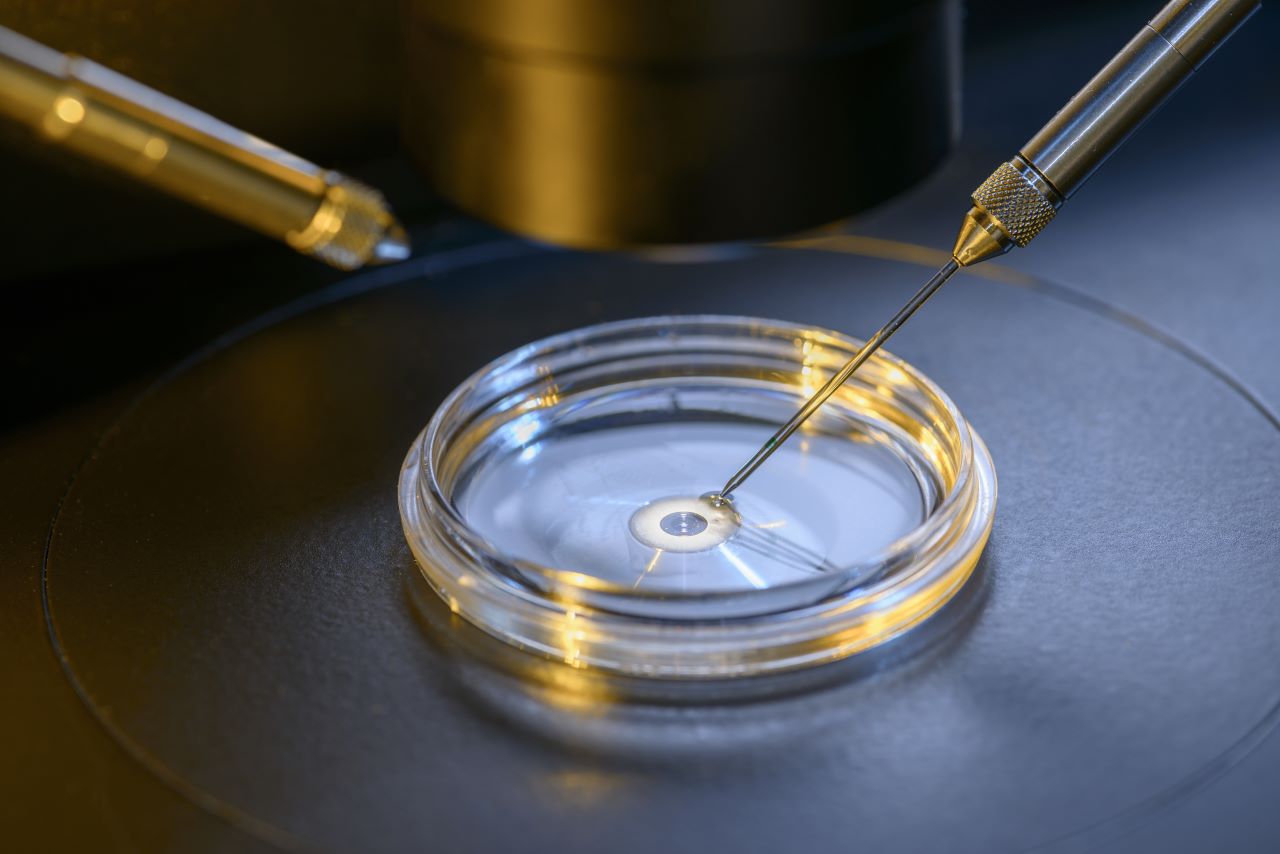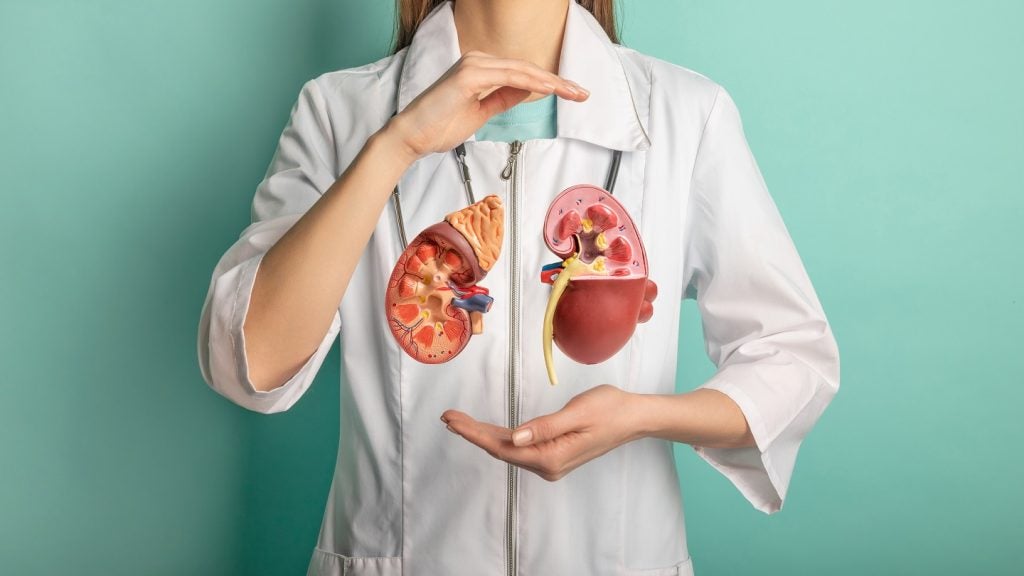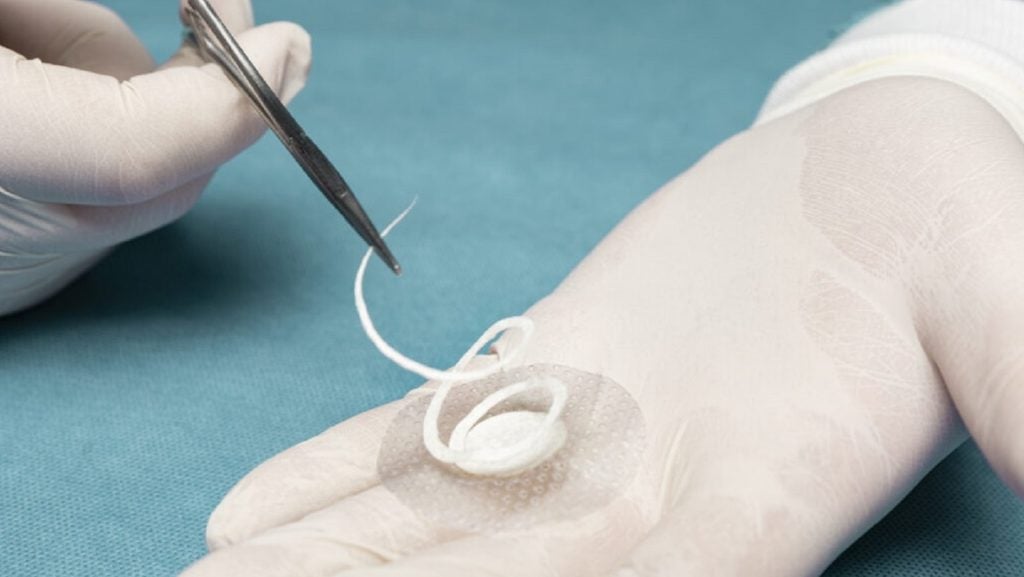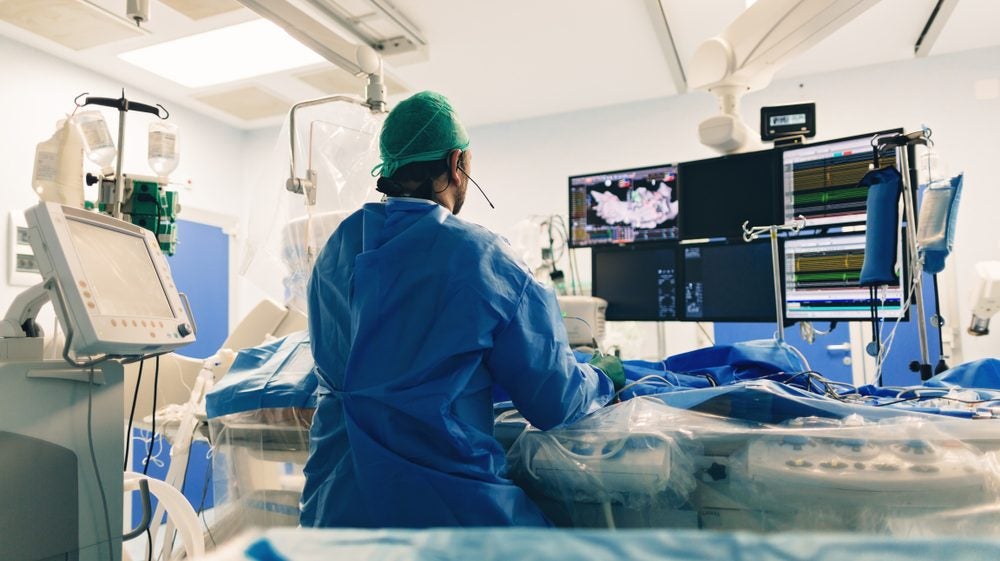June is World Infertility Awareness Month, a time aimed at raising awareness of the difficulties many couples, particularly women, face in achieving conception. Fortunately, improvements in assisted reproductive technology (ART) have enabled millions of women across the world facing infertility to conceive over the past few decades, and this trend is likely to continue well into the future as infertility will continue to remain a barrier for a substantial portion of the female population of reproductive age.
ART collectively refers to reproductive health techniques, procedures, and devices that help infertile women achieve pregnancy. For decades now, several techniques of ART have been in use with varying pregnancy success rates. These primarily include, but are not limited to, in vitro fertilisation (IVF), intrauterine insemination (IUI), and to a lesser extent, gamete intrafallopian transfer (GIFT) and zygote intrafallopian transfer (ZIFT). Both female and male infertility are epidemiological factors that are considered when patients seek ART treatments. For women, these include tubal factors, ovulatory dysfunction, diminished ovarian reserves, and endometriosis, among others. For men, male factor infertility is usually solely attributed to poor sperm quality.
A procedure of IVF is typically referred to as a cycle, as it usually takes approximately two weeks to complete the standard fresh IVF cycle given the number of time-sensitive steps involved. An IUI procedure in contrast takes less than an hour to complete; however, due to the prominence of IVF within the ART industry, IUI procedures are also counted by the number of cycles.
Devices used in ART cycles vary widely depending on the specific techniques used and manufacturers from which fertility clinics opt to purchase. Broadly, ART devices are categorised as installed base systems or consumable devices. Examples of system devices include incubators and biological safety cabinets, with lifespans exceeding several years with proper maintenance. Consumables on the other hand include single-use, disposable devices like catheters and pipettes, which need to be repurchased for every new step of a procedure and for every patient.
According to GlobalData’s latest market model, the consumable ART devices market is set to grow at a compound annual growth rate of 6%, resulting in a global market value exceeding $440m by 2030. Some of the key drivers of global market growth in IVF device sales are the increasing number of fertility clinics, an increase in the average age of couples choosing to have children, and an increasing number of women opting to undergo IVF as it has proven to improve pregnancy success rates. Emerging technologies will also play a role in drawing more patients, such as time-lapse embryo culture and integration of artificial intelligence, whereby patient profiles and embryo development are quantitatively assessed to improve pregnancy success rates using the healthiest embryos.
See Also:
How well do you really know your competitors?
Access the most comprehensive Company Profiles on the market, powered by GlobalData. Save hours of research. Gain competitive edge.

Thank you!
Your download email will arrive shortly
Not ready to buy yet? Download a free sample
We are confident about the unique quality of our Company Profiles. However, we want you to make the most beneficial decision for your business, so we offer a free sample that you can download by submitting the below form
By GlobalData








